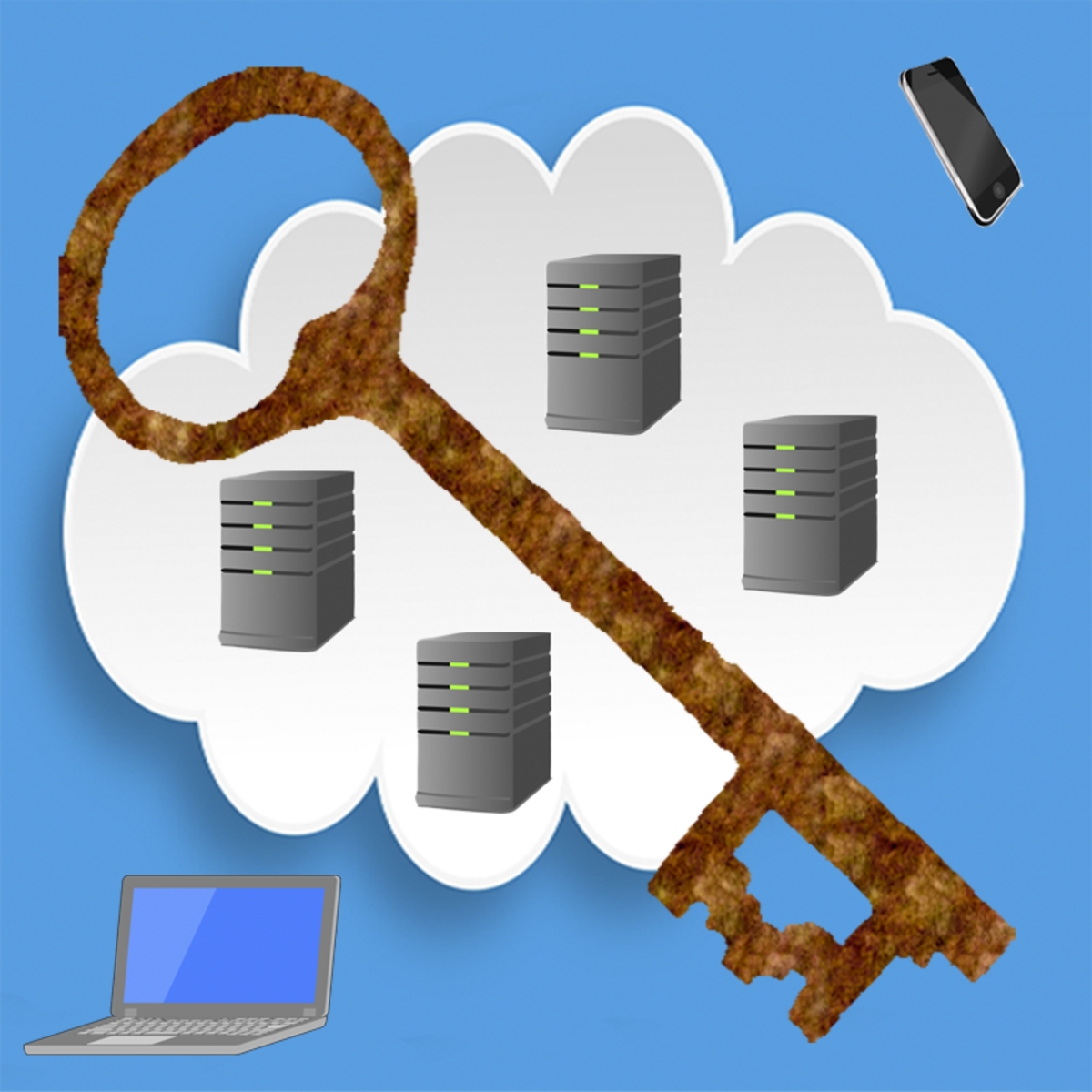Back to Courses









Information Technology Courses - Page 42
Showing results 411-420 of 1471

Provisioning Infrastructure by Composing Blueprints
This is a self-paced lab that takes place in the Google Cloud console. Learn how to use Config Controller, kpt and blueprints to create and manage cloud environments with best practices and policy guard-rails built in

Clean Up Unused IP Addresses
In this lab you will schedule a Cloud Function to identify and clean up unused IP addresses.

DevOps on AWS: Release and Deploy
AWS provides a set of flexible services designed to enable companies to more rapidly and reliably build and deliver products using AWS and DevOps practices. These services simplify provisioning and managing infrastructure, deploying application code, automating software release processes, and monitoring your application and infrastructure performance.
The third course in the series explains how to improve the deployment process with DevOps methodology, and also some tools that might make deployments easier, such as Infrastructure as Code, or IaC, and AWS CodeDeploy.
The course begins with reviewing topics covered in the first course of the DevOps on AWS series. You will learn about the differences between continuous integration, continuous delivery, and continuous deployment. In Exercises 1 and 2, you will set up AWS CodeDeploy and make revisions that will then be deployed. If you use AWS Lambda, you will explore ways to address additional considerations when you deploy updates to your Lambda functions.
Next, you will explore how infrastructure as code (IaC) helps organizations achieve automation, and which AWS solutions provide a DevOps-focused way of creating and maintaining infrastructure. In Exercise 3, you will be provided with an AWS CloudFormation template that will set up backend services, such as AWS CodePipeline, AWS CodeCommit, AWS CodeDeploy, and AWS CodeBuild. You will then upload new revisions to the pipeline.

The Bash Shell and Basic Scripting in Linux
By the end of this project, you will be able to create your own scripts using the bash shell in Linux. Throughout the project, You’ll be able to identify and apply the basic scripting techniques. Furthermore, You’ll be able to use if statements and loops in bash and manipulate files using bash scripting.
This guided project is for beginners who are interested in the field of programming and scripting, it provides you with basic scripting techniques, which are necessary if you want to pursue a career as a System Admin or DevOps Engineer.
Bash scripts can be used for various purposes, such as executing a shell command, running multiple commands together, customizing administrative tasks, performing task automation etc. So knowledge of bash programming basics is important for every Linux user.

Cloud Application Security
After completing the course, the student should be able to do the following:
● List and describe the OWASP Top 10 vulnerabilities.
● Identify methods to provide cloud security assurance as part of the development life cycle, e.g. in a continuous delivery environment.
● List and describe the different types of virtualization or sandboxing used to protect cloud applications at either the server or client.
● Describe the application of authentication factors and federated identity solutions in cloud client and server authentication.
● Given a cloud application, explain where and how the necessary crypto keys, passwords, and other security secrets should be stored and distributed.

Setting Up Cost Control with Quota
In this lab you will query a large dataset, update the BigQuery API quota, and then optimize your query to run within quota.

Introduction to AWS Identity and Access Management
Security should be your first priority when developing cloud native applications.
The goal of this course is to provide you with foundational knowledge and skills that will enable you to grow in your use of both AWS IAM and the rest of the AWS ecosystem. Throughout the course, the focus will be on the base-level knowledge needed for understanding the functionality of IAM, and simple ways to implement its usage.
We start by introducing you to some background concepts needed to understand how and why identity and access management are necessary, and then go on to show you the first level of AWS IAM components. Through the rest of the course, you will see deeper dives into those and other concepts. The class closes by providing best practices and troubleshooting tips and tools.
While progressing through the course, make sure you are taking advantage of the activities, assessments, and provided notes. They will be great for reinforcing the concepts covered during that week, as well as providing great locations to bookmark for faster reference as you continue growing and learning after the course.
We expect that you have basic knowledge of AWS already. Some examples of concepts you should be familiar with are: you should know the basics of the AWS Global infrastructure, like what regions and availability zones are. You should also understand what an Amazon EC2 instance is, what Amazon S3 is, what a VPC is, as well as other basic AWS terminology.

Configure and Verify NAT on Cisco routers
Welcome to the CCNA 1.9: Configure and Verify NAT on Cisco routers. This project is the ninth in a CCNA learning series that is designed to help you acquire the hands-on skills required to pass the CCNA certification exam.
In this 2-hour guided project, you will configure static and dynamic Network Address Translation (NAT) on Cisco routers, you will also setup NAT overloading with Port Address Translation (PAT), and verify NAT configuration on Cisco routers.

SAS® Programming for Distributed Computing in SAS® Viya®
Welcome to the SAS Programming for Distributed Computing in SAS Viya course. SAS Viya is an AI, analytic and data management platform running on a scalable, distributed, cloud-native architecture. In this course you will learn how to modify existing Base SAS programs to execute in SAS Viya. The programs you create will leverage the power of SAS Cloud Analytic Services (CAS) to access, manage, and analyze in-memory tables.
This is an advanced course, intended for learners with SAS programming experience. To be successful, you should be able to access data via SAS libraries, read and prepare data with the DATA step, query data using PROC SQL, and summarize data with the MEANS and FREQ procedures. This foundational knowledge can be acquired in the Coursera SAS Programmer specialization.
By the end of the course, you will be able to:
- Load data into SAS Cloud Analytic Services
- Modify DATA step and SQL procedure code to execute in CAS
- Use CAS-enabled procedures
- Write CASL code to execute CAS actions

Advanced Programming in Kotlin
Get ready to expand on your Kotlin skills to create common advanced functionality that typical Android apps need. You’ll start off with lifecycle management, which will allow you to implement an app with an Activity. You’ll also practice more advanced object-oriented features of Kotlin by declaring an object in Android and implementing companion objects. This course will also introduce you to the basics of unit testing in Android to ensure that your applications function as intended. You’ll also dive deeper into the world of functional programming.
Finally, you’ll create the functionality we see so often in apps with large lists of items, such as filtering features. You’ll create collection processing functions to process collections in different ways, even when there are multiple steps, and build your own list with filtering and sorting functionality.
Popular Internships and Jobs by Categories
Browse
© 2024 BoostGrad | All rights reserved


